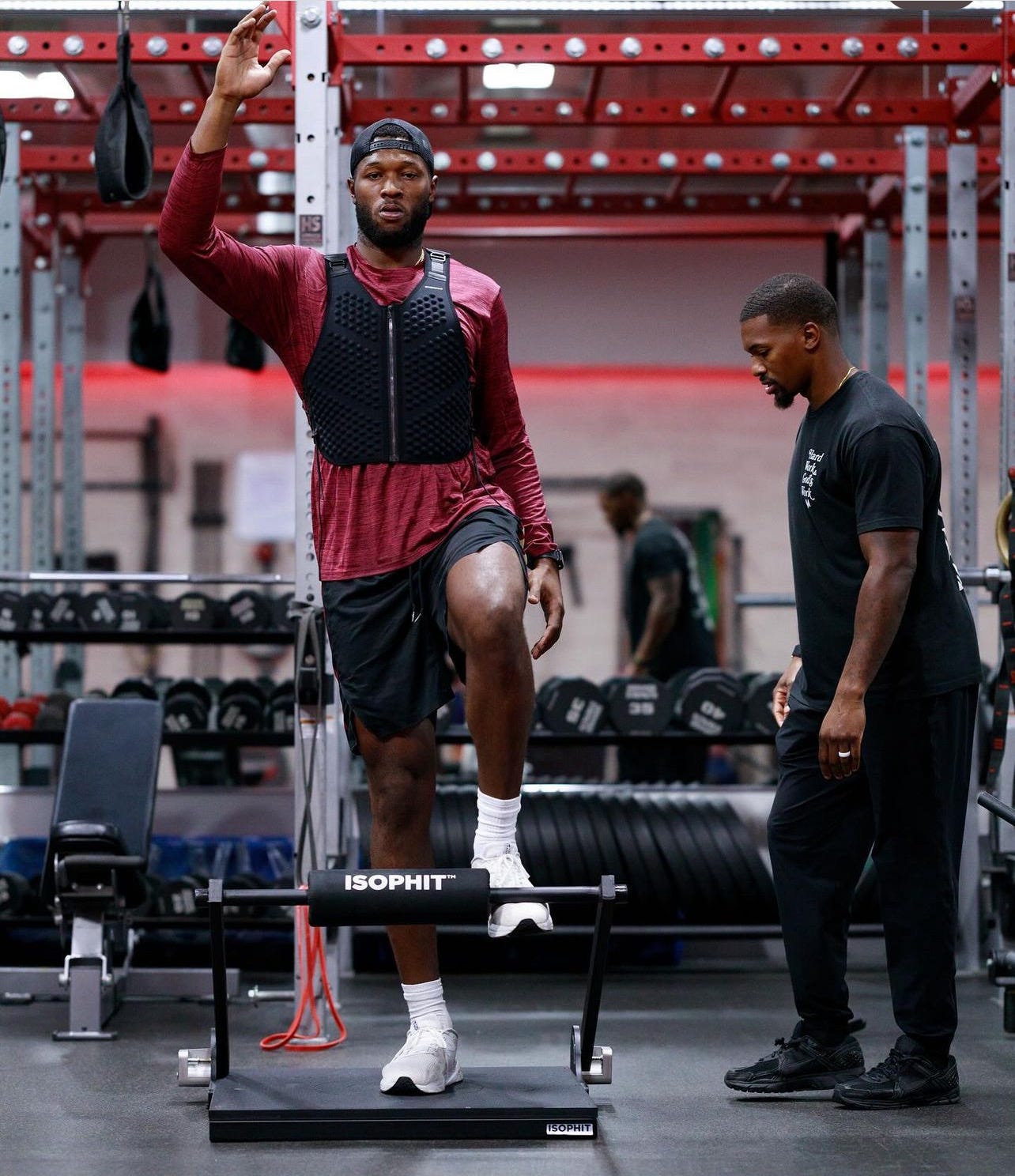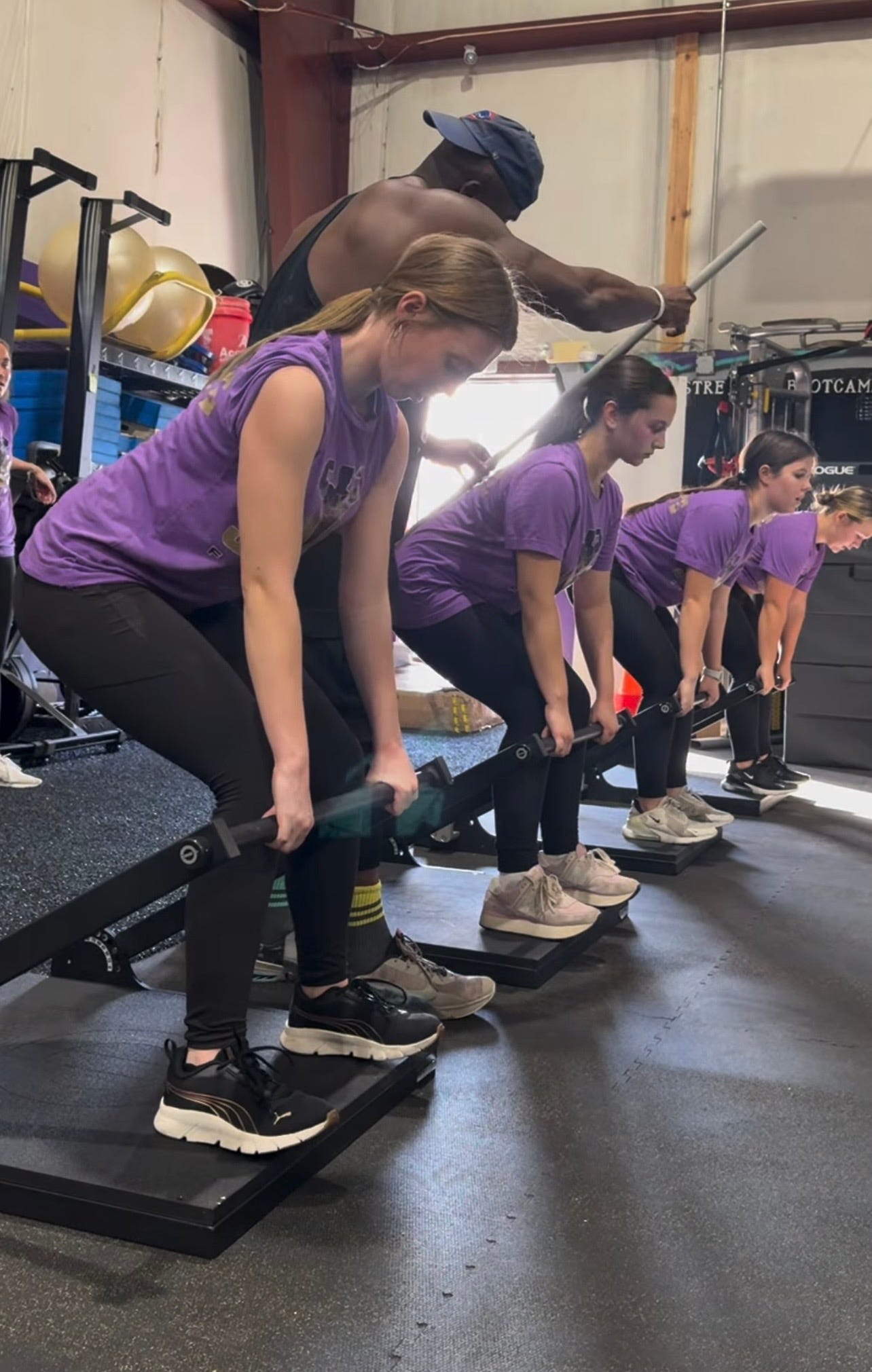The Hard Truth Pill Coaches Need to Swallow: If Isometrics Rebuild Athletes, Why Aren’t We Using Them to Protect Them?
Every strength coach, physical therapist, and rehabilitation specialist knows this truth: when an athlete is injured or recovering from surgery, isometric strength training is the first thing we turn to. Why? Because it works. It’s safe. It’s measurable. It reconnects the brain and body. It builds strength in muscles, bones, and tendons without the need for motion. And when done properly, it does all of this with less risk and less wear-and-tear on the athlete’s body.
So here's the uncomfortable question: if we trust isometric training to rebuild our athletes, why don’t we use it to protect them in the first place?
From ACL rehabs to Achilles tendon ruptures to shoulder reconstructions, isometric protocols are everywhere in sports medicine. We lean on them to accelerate healing, prevent disuse atrophy, and stimulate the release of powerful myokines—those small, muscle-derived proteins that influence everything from metabolism to immune response. Isometrics light up the nervous system, reestablish neuromuscular control, and help restore functional strength across all tissues—not just muscle.
Yet when athletes return to play, isometrics are all but forgotten. Coaches rush back to dynamic movement, chasing speed, agility, and load without first ensuring the athlete’s isometric foundation has been restored—or worse, built in the first place. We wouldn’t send a building to code without checking its structural integrity. So why do we send athletes into high-intensity play without ensuring they can first generate and tolerate force without movement?
It’s not a knowledge problem. The science is clear. Isometric training improves tendon stiffness, muscle force production, rate of force development, joint integrity, and even cognitive performance. It can be done with incredible precision, targeting angles and positions specific to the demands of sport. And it’s scalable—from elite athletes to everyday clients.
The truth? It’s a cultural problem. Isometric training doesn’t look impressive. It doesn’t sell memberships or rack up Instagram views. There’s no motion. No reps. No sweat flying. But what it lacks in flash, it more than makes up for in function. The best athletes in the world aren’t just explosive—they’re able to generate massive amounts of force while maintaining perfect control. That’s what isometrics train.
If isometrics are our go-to in crisis, maybe it’s time they become our standard in preparation. Maybe it’s time we stop waiting for athletes to break before giving them the training that’s proven to keep them strong.
At Isophit, we help the world’s strongest, fastest, and most dominant athletes to win more, hurt less, and age stronger!
Join Team Isophit at www.isophit.com






